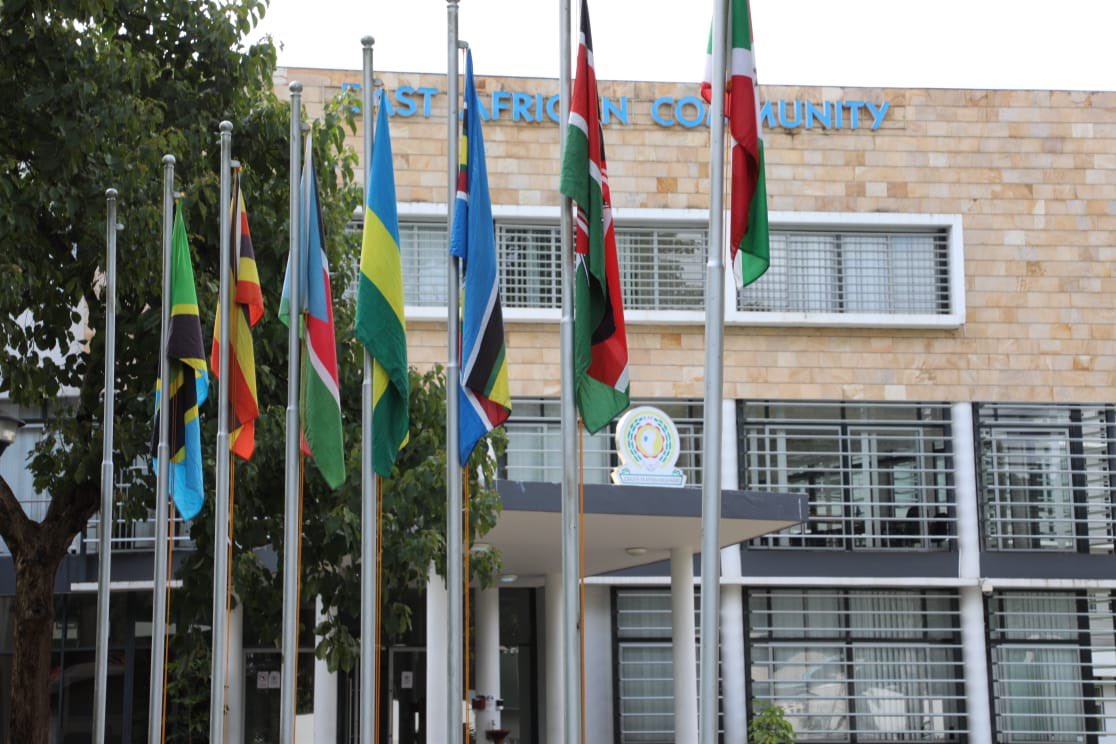East African countries are pulling together to offer tourists a more comprehensive and captivating experience by integrating their tourism destinations. This collaboration was announced during the Oromia Tourism Week 2023 held in Addis Ababa, Ethiopia. The initiative is targeted at providing tourists the opportunity to explore a variety of destinations within the East African corridor, thus creating a more wholesome and enriching experience.
Aiming for Attractive, Integrated Tourism Packages
Sarah Kirenga, a representative of the Rwandan Chamber of Tourism, explained the importance of this regional tourism integration. According to her, this collaboration will facilitate the sale of complete and attractive tourism packages, a development that will significantly enhance the regional tourism sector. The representative further emphasized that this integration would provide a platform to create a network in the tourism ecosystem, promote a variety of tourism products, and boost regional tourism.
East Africa: A Region of Diverse Attractions
The East African region is globally recognized for its unique natural and cultural tourist attractions, many of which are inscribed on the United Nations Educational, Scientific and Cultural Organization (UNESCO) World Heritage List. In addition to these, the region is also home to popular safari destinations with an abundance of fascinating historical and archaeological sites. Ethiopia, Kenya, Uganda, Rwanda, Burundi, South Sudan, and the Democratic Republic of the Congo – countries within this region – have already begun marketing their tourist destinations as a unified region, offering tourists a diverse range of attractions.
Boosting Intra-Travel and Implementing Regional Marketing Plans
Anthony Ochieng, a market development representative of the Ugandan Tourism Board, stressed the necessity to focus on regional tourism rather than individual destinations. He stated that the countries within the East African region are cooperating to promote intra-travel and implement the East African tourism marketing plan. The intention is to market East Africa as a region and not just individual destinations. Under this plan, tourists can experience a variety of attractions in different countries, such as ‘The Big Five’ (lion, leopard, cape buffalo, rhinoceros, and African elephant) in Uganda.
Oromia Tourism Week: Promoting Tourism Potential
The Oromia Tourism Week serves as an annual event that aims to showcase the unique tourism offerings and experiences available in the Oromia region of Ethiopia. This event brings together tourism stakeholders, government representatives, industry professionals, and visitors from around the world to explore and appreciate the region’s vast potential as a top tourism destination. It acts as a significant platform to highlight the benefits of regional tourism and promote the integration of various tourist destinations within East Africa.
Investment and Future Prospects
With East Africa’s steady growth as a tourism destination, investment in world-class tourist facilities is becoming increasingly essential. The East Africa destination tourism insight market report indicates that the region has the potential to become a competitive tourism destination in the future, provided it attracts suitable investment and adequate infrastructural development. The report also highlights the region’s key selling point – its wildlife – which is also under threat due to factors such as habitat loss and poaching. However, numerous conservation initiatives have been established to protect these species, indicating a growing awareness of the need to protect the region’s wildlife.
The integration of East African countries to enhance regional tourism is a strategic initiative that will not only boost the tourism sector of the individual countries but will also create a more enriching and diverse experience for tourists. With adequate investment, sustainable conservation initiatives, and an effective regional marketing plan, East Africa can evolve into an attractive and competitive tourism destination in the global tourism market.
Source: bnn






